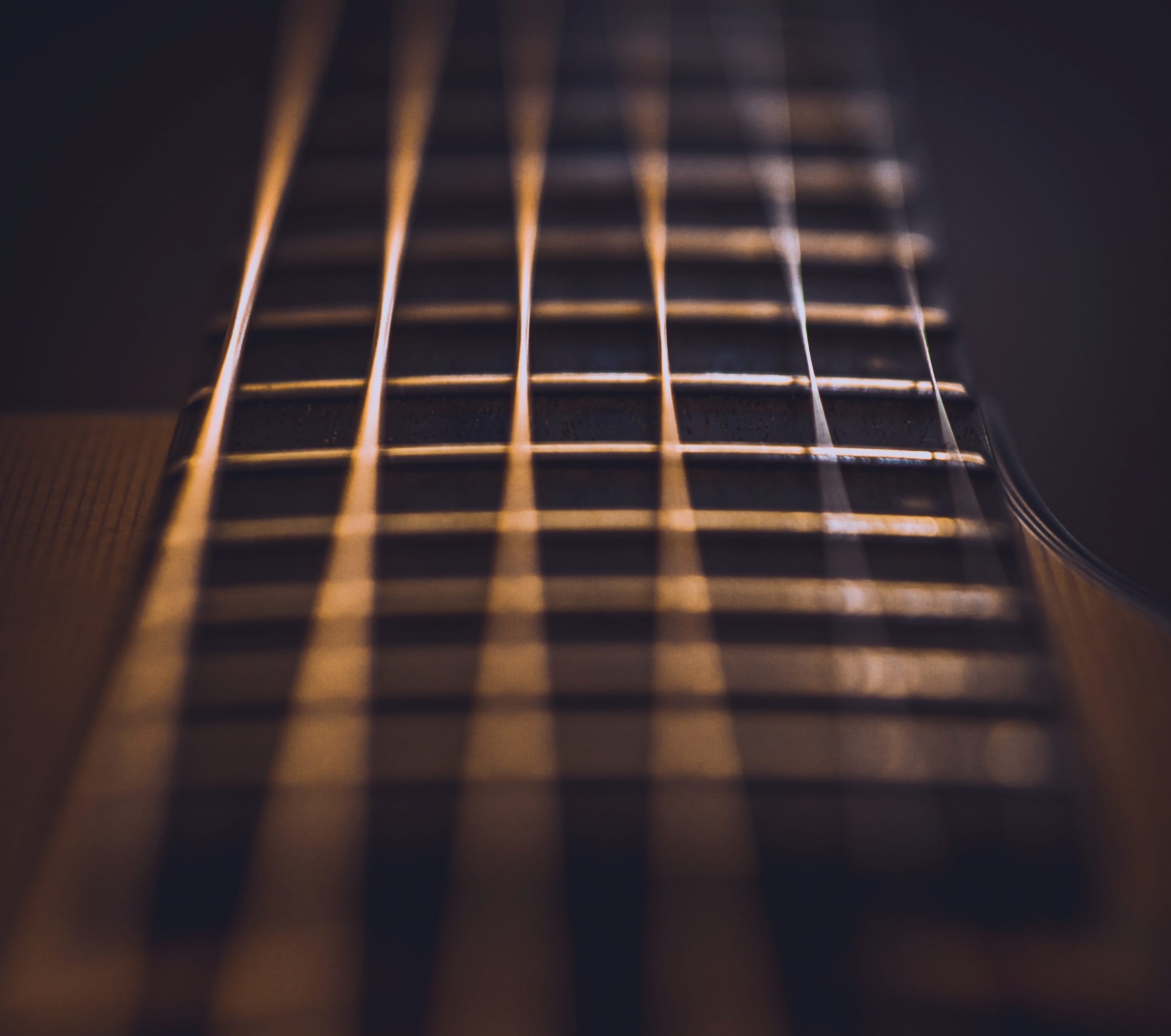There are four areas where a lot of guitar players don’t spend enough time that hold them back from
getting really good at their instrument. Getting to a high level in these important spots that other
guitarists neglect will help you to start making much better progress in less time.
1. Learn how to practice
The first area to improve to make faster progress on your instrument is to learn how to practice.
Most people don’t have hours and hours to spend with their guitar every day so it’s beneficial to
learn how to organize practice to get the most out of the time available.
The “brute force” way of practicing, playing a lick or riff for hours on end, is far from the most
efficient way to practice.
Techniques like interleaving will help get the most out of your practice session. Interleaving is
similar to circuit training. For example, instead of practicing Riff A for 20 minutes and then Riff B
for 20 mins; split the training to something like this:
Circuit 1
Riff A – 5 minutes
Riff B – 5 minutes
Lick A – 5 minutes
Then repeat the circuit. Even though you’re practicing less overall time and adding a 3rd concept to
practice (Lick A), you will get more out of your practice session. Interleaving prevents your brain
from going on autopilot and forces you to recall a concept as you come back to it after you’ve
already moved on to practice other items. You will be able to exert more focus on your practice
without having to force it through willpower. This helps you build muscle memory and to memorize
your practice material much faster.

2. Develop Great Rhythm
Become a great rhythm guitar player. Even if you love playing lead guitar, having a solid rhythmic
foundation will take your playing to the next level.
Even though Eddie Van Halen is known mostly for his lead guitar playing, he was an incredible
rhythm guitar player. The best bands and performers are those with rock-solid rhythm and tightness.
This is what separates the pros from the amateurs.
Internalizing tight rhythm playing will help you play and write better riffs and leads. Most of the
time, a guitarist’s time playing in a song is spent playing rhythm. Even if you can play the fastest,
wildest solos ever; if you have bad rhythm no good band will keep you around long.
3. Fix Your Bad Technique
Work on fixing your bad technique habits. Do you have poor picking? Do your fingers fly away
from the fretboard? Excess tension in your hands, arms, shoulders, or back? Sloppy or weak
hammer-ons and pull-offs? Out of tune bends? Out of time vibrato?
Focusing on correcting these types of areas can help explode your playing. Getting rid of these
inefficiences will help you play tighter, faster, and with more stamina.
Making technique a part of your practice sessions will pay off greatly as good technique becomes a
natural part of your playing.
4. Know Your Fretboard
Fretboard knowledge takes time and effort to acquire, but it is well worth it. Learn the names of the
notes on each fret. Learn how intervals work and how they relate to chords.
Learn to play scales, modes, and arpeggios in every position and in every key. Learn to play
vertically, horizontally, and diagonally. I recommend the 3-Note Per String method to visualize
scales across the guitar fretboard.
Conclusion
Working on the areas above will help take your guitar playing to the next level. These are some of
the weakest areas for a lot of guitar players, and getting really good in these areas will make you
stand out above the rest.
About The Author:
Ryan Popovic is a professional music instructor providing guitar lessons in Minneapolis – St Paul,
MN. He is a member of an elite world-wide music teaching mentorship program, the Music
Teachers National Association, and the Minnesota Music Teachers Association. He teaches
primarily blues, rock, and metal guitar. Ryan teaches all ages and skill levels.




